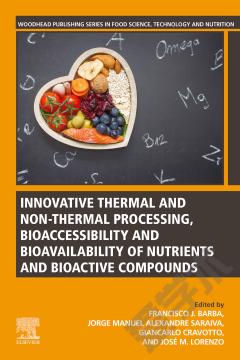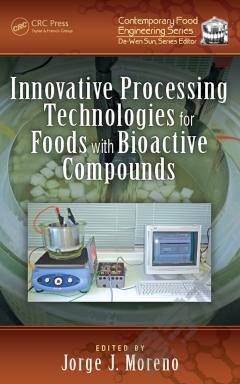Innovative Thermal and Non-Thermal Processing, Bioaccessibility and Bioavailability of Nutrients and Bioactive Compounds
Innovative Thermal and Nonthermal Processing, Bioacessibility and Bioavailability of Nutrients and Bioactive Compounds presents the implications of conventional and innovative processing on the nutritional and health aspects of food products. Chapters cover the relationship between gastronomic science, nutrition and food science in the development of healthy products, introduce the most commonly used conventional and innovative approaches to preserve foods and extract valuable compounds, describe how processing affects bioavailability and bioaccessibility of lipids, particularly fatty acids, protein, amino acids and carbohydrates, and discuss how processing affects bioavailability and bioaccessibility of minerals, water-soluble vitamins, and fat soluble vitamins. Final sections cover processing, bioavailability and bioaccessibility of bioactive compounds, describing how processing (conventional and non-conventional) is affecting to bioavailability and bioaccessibility of bioactive sulphur compounds, polyphenols, flavonoids, and bioactive peptides.Presents the implications of conventional and innovative processing on the nutritional and health aspects of food products Introduces the most commonly used conventional and innovative approaches to preserve foods and extract valuable compounds Explains how processing (conventional and non-conventional) affects the bioavailability and bioaccessibility of bioactive sulphur compounds, polyphenols, flavonoids and bioactive peptides
{{comment.content}}








 京公网安备 11010802027623号
京公网安备 11010802027623号